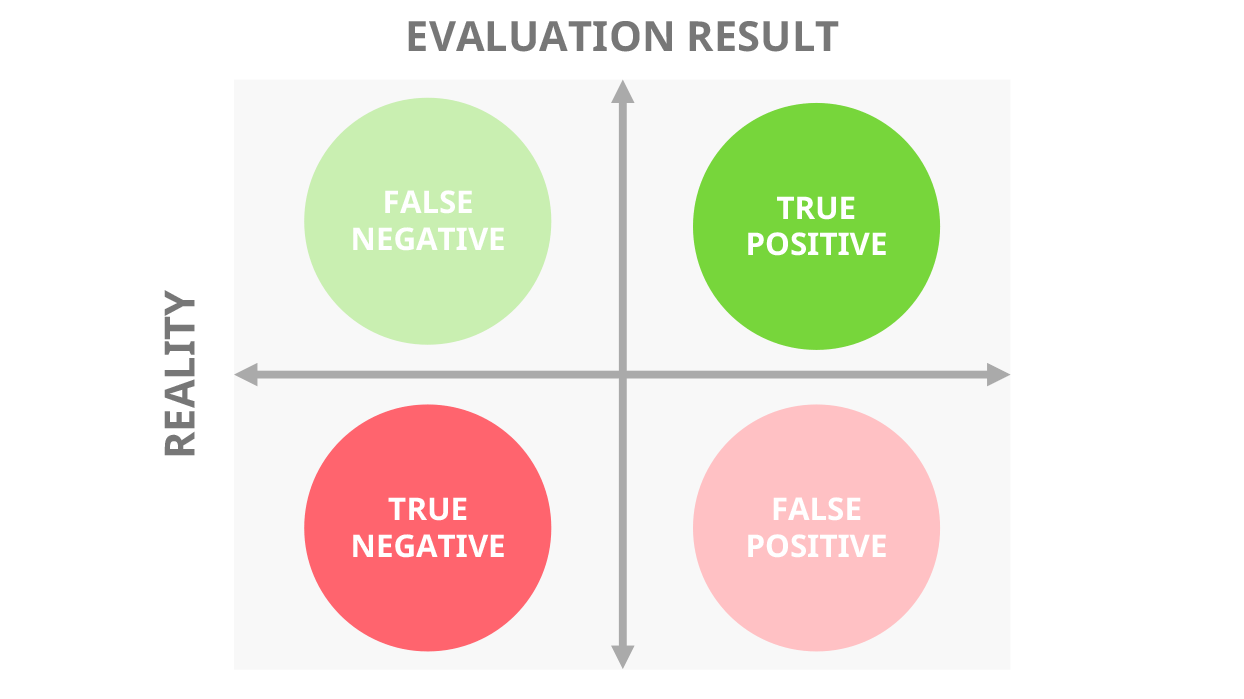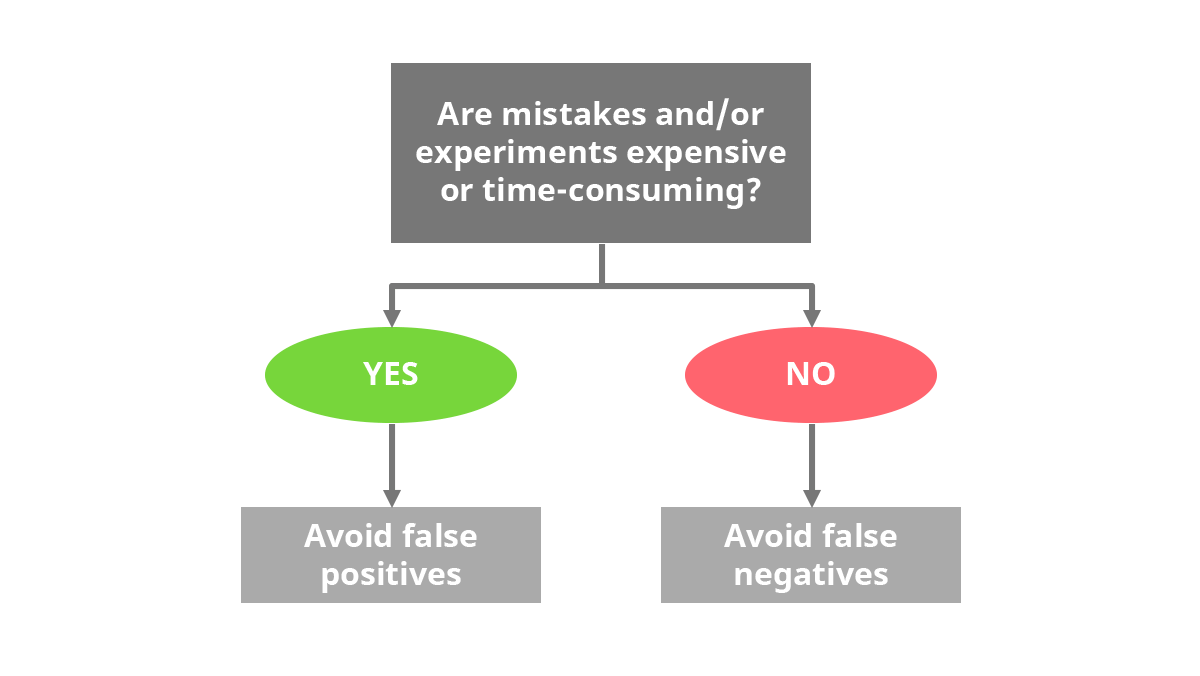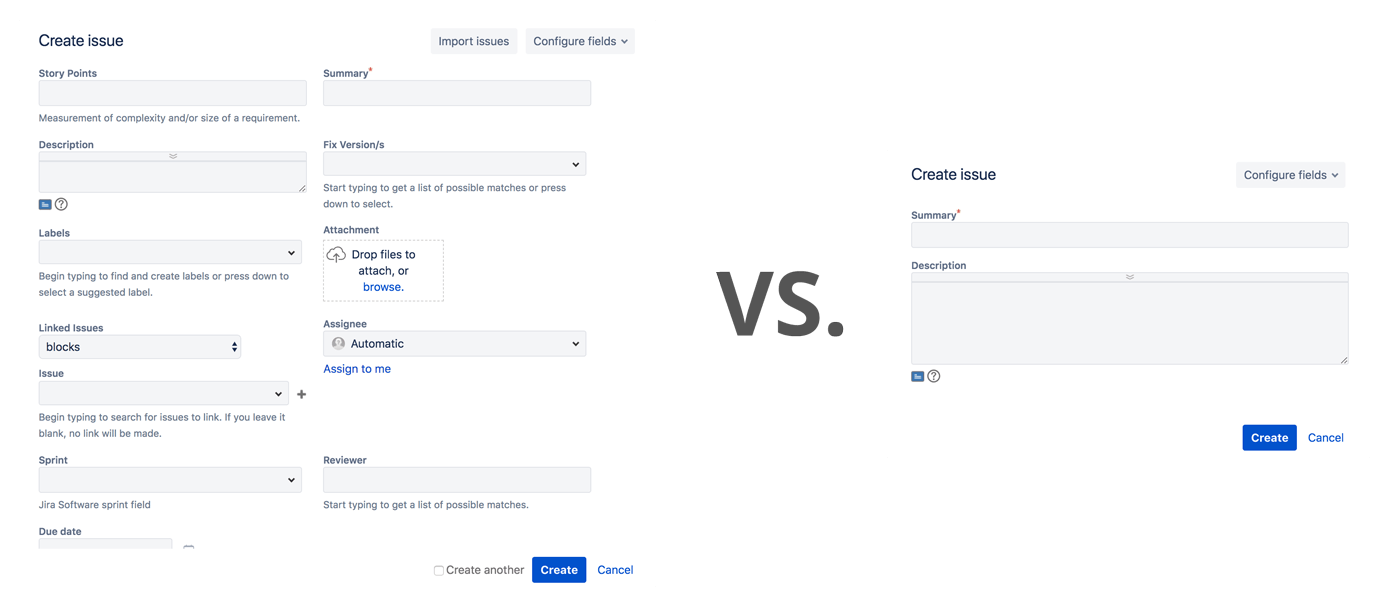How to get more good ideas and avoid the bad ones?
As we’re in the business of helping our customers manage ideas, one of the questions we often get asked is “How do we get more good ideas and avoid the bad ones?”
It’s a great question to ask. Who wouldn’t want to have more great ideas and waste less of their time and resources with bad ideas.
However, that isn’t the whole picture.
The real problem is that it isn’t exactly straightforward to know which idea is good and which one is bad. Let's dive deeper and see how we can navigate this challenge.
Table of Contents
How to tell a good idea from a bad idea
When it comes to innovation, there’s far more to success than just the idea. The timing, team and execution play a huge role in the success of an idea.
Facebook wasn’t the first social network, Google wasn’t the first search engine and iPhone wasn’t the first phone with a touch screen.
There’s clearly more to success than just the idea since there are hundreds of failed companies that pursued those same ideas.
On the other hand, when Airbnb first started, it was considered to be an utterly crazy idea. Who would ever want to have complete strangers stay at their own homes, or pay close to hotel prices for staying at a stranger’s extra bed?
Just 8 years later Airbnb was worth more than any hotel company in the world.

The same goes for both Tesla and SpaceX, two of the companies Elon Musk runs. He says that they were “two of the dumbest business ideas”. When he was starting with the ideas, everyone considered both of them to be incredibly bad ideas and his friends kept on trying to persuade him not to start those businesses.
Now both of those crazy ideas are worth dozens of billions.
This is the essence of the Innovator’s dilemma: when you’re doing something new, you can’t usually tell the good ideas from the bad ones beforehand, which is why many perfectly rational decision-making processes fail to take advantage of these opportunities.
The best ideas often challenge conventional ways of thinking and might thus look completely irrational in the beginning.
You can’t usually tell the good ideas from the bad ones beforehand when you’re doing something new.
This isn’t necessarily the case with some of the more practical ideas related to incremental improvements but it’s important to realize the difference between these different kinds of ideas and to manage them appropriately.
Regardless, you can never get to perfection when it comes to evaluating ideas. You simply need to determine what the results you want are and thus define how you want to run the process of collecting and managing ideas as an organization.
False positives or false negatives
Since it’s usually not possible to know exactly how good an idea is, you’ll just have to accept that you’re sometimes going to pick the wrong ideas – and still miss many great ideas.
What you can do, however, is to choose whether you’re more biased towards getting much less ideas overall, but that are generally going to be of a higher quality, or whether you want to get as many ideas as possible and deal with there being more “bad” ones too.
In other words, you have to choose whether you want your process to be biased towards eliminating false positives or false negatives.

False positive is an idea that you thought was good, when it really wasn’t.
False negative is an idea that you thought was bad, when it turned out to be great.
This same challenge applies in all kinds of selection processes, for example recruiting. The process determines the bias, which in turn determines the results you’re going to get.
The recruiting processes of top companies, such as Google or Facebook, are classic examples of systems biased towards avoiding false positives.
Since these companies understand the cost of a bad hire and have plenty of great candidates available who’d love to work for these companies, they prefer not to hire people who could be great employees for the company over hiring a single person who wouldn’t be a great fit.

A large retail chain, on the other hand, might have the exact opposite hiring philosophy.
Most legal systems are also a great example of avoiding false positives. They are based on the core thesis of “innocent until proven guilty”. In other words, it’s considered better to have a criminal walk free than to wrongfully punish an innocent person.
Picking your bias
In the context of innovation, there are two additional problems with avoiding false positives and having more false negatives:
- You have no idea how many and of which kinds of great ideas you’re missing
- There’s no process for evaluating and learning from these false negatives
These are very fundamental challenges to have in an innovation program, which will inevitably have a negative effect on the learning and culture of your organization.
So, if you’re looking to become a more innovative company, it’s usually better to lean towards avoiding false negatives. The more ideas you can consider and experiment with, the more you’ll learn, and the more you’ll improve your odds of finding those brilliant ideas.
In addition, the effect of many small improvements cumulates over time, which can help you to build a sustainable source of competitive advantage.

This is especially the case if you’re in a business where it’s easy and fast to try things out and the mistakes usually aren’t very costly, such as in most service businesses.
However, if you’re running an environment where changes, tests and mistakes can take a long time and/or are costly, such as a nuclear power plant, you probably want to lean towards avoiding false positives.
Pulling the levers
Once you know which way to lean towards, you can shape your process accordingly.
In general, there are a few different approaches that you can take to steer the process:
- Involving just “the experts” vs. involving everyone
- The level of detail in the idea submission process
- Well-formulated topic or problem statement
- Communicating your expectations
Involving "the experts" vs. involving everyone
By only involving the experts, you’re likely to get ideas that are well thought out and based on generally accepted “best practices”.
On the other hand, the experts are more likely to look at problems through the same lenses they always have, which means that you’re less likely to get those famous “outside-the-box ideas”.
Choose your audience based on the kind of ideas that you're looking for.
The level of detail in the idea submission process
By having a more detailed idea submission process, you force people to think things through and to do a lot of work before they can submit their idea.
Since people might not know how to do that, might not want to do so, or might simply not have the time, you’re going to get a lot fewer ideas. This means that you might miss certain brilliant ideas and you most certainly won’t learn as much as you otherwise would.
On the positive side, you'll have plenty of information regarding these ideas, which means that you might have to spend less time and resources managing the ideas that you've been able to collect.

A well-formed topic or problem statement
A well-formed topic or problem statement helps focus the ideation on what matters: solving a problem or capturing a specific opportunity.
For example, if you ask people to provide ideas on whatever they think could be improved at their work, they might focus on minor annoyances that they are facing at work on a daily basis, but also provide all kinds of other ideas related to untapped business potential.
These are very different kinds of ideas that you’ll most likely find hard to refine and progress, let alone implement with the same process.
What you should instead do, is to focus on these two kinds of aspects separately. You could, for example, first ask employees about any and all repeated tasks or annoying things they face in their job on a daily or weekly basis. Fixing these issues will help them become more satisfied, engaged and productive at their work.
You should usually focus the ideation on what matters: solving a specific problem or working on a specific opportunity.
Then, once you’ve had the chance to implement at least some of those ideas to show that you’re serious about listening to their feedback, you could ask the same employees to share untapped customer needs that they’ve identified and that the company could offer solutions for. This can be tremendously useful if you’d like to create new business around your existing customer base.
By focusing on a specific theme, you're much more likely to come up with great ideas on whatever it is that you're after.
The downside of focusing on a specific theme or challenge is that you're less likely to get those truly out-of-the-box ideas that someone might come up with if you just ask for any ideas. So, if you're after these kinds of ideas, make sure to leave enough room for them.
Communicating your expectations
Finally, communicating your expectations is key regardless of the path you choose.
If your expectations are crystal clear for the participants, and you keep reminding them of these, they’re quite likely to behave accordingly.
Putting these lessons into practice
If we circle back to our original question, the people asking this question are usually not looking to minimize the number of bad ideas, they’re just looking to make more innovation happen and to shape their culture to be more conducive of that.
To get innovation, you need plenty of ideas
If you’re like them, I’d recommend you to not worry too much about getting bad ideas.
In fact, you should tell everyone should think for themselves and voice their ideas about any important problems or opportunities they discover. Let them know that there are no bad ideas.
Raw ideas are usually far from perfect, but people usually come up with that idea for a reason. Focus on the problem or the opportunity instead.
The key here is that you should emphasize them to talk about the problem or the opportunity that the idea addresses. Raw ideas are usually far from perfect, but people usually come up with that idea for a reason.
What’s more, even the worst ideas can lead to accelerated learning and you discovering something important about your business.

For example, I recently heard an idea from one of our team members that I first thought was ridiculous.
While the idea itself turned out to be far from useful, it made me realize that I had failed to communicate certain key aspects of why we do things the way we do.
Once I realized this, I put in the effort to make sure that everyone got those points, which made a huge difference in helping our team members become better at what they do.
Managing the process is key
The other side of the coin is that when you do get plenty of ideas, you still need to do something to them.
You need to somehow manage them and figure out which ones to proceed with and which ones to skip for now.
The key here is to have an effective process for managing the ideas. What the process should look like depends very much on your context. Regardless, a solid idea management tool can help you run that process more effectively.
In essence, you should usually focus on prioritizing the ideas based on the problem or the opportunity it addresses (not necessarily the idea itself) and then focus on piloting solutions for the most promising ones.
If you’re interested in reading more about these topics, I’d recommend you read the following posts:
- Idea evaluation – What is it and how should one do it?
- The Ultimate Guide to Idea Management Processes
And remember, you can’t really avoid all the bad ideas, nor can you just get good ideas without missing plenty of great ones.
You can, however, get better at managing these ideas, and your innovation process at large. That is what actually leads to more innovation and value creation. To get started with that, you might want to look into our guide on the topic, or book a free chat with one of our experts.




